Dental Stem Cell Therapy | Dental Arts Of Cherry Hills
Key Highlights
· Discover the breakthrough in regenerative medicine with Dental Stem Cell Therapy.
· Explore the science behind the regenerative potential of dental stem cells in tissue regeneration.
· Uncover the critical benefits of Dental Stem Cell Therapy, offering advantages over traditional dental treatments.
Introduction
Understanding Dental Stem Cell Therapy
The Science Behind Stem Cell Therapy in Dentistry
Types of Dental Stem Cells and Their Functions
The Process of Dental Stem Cell Therapy at Dental Arts Of Cherry Hills
Initial Consultation and Evaluation for Eligibility
Collection and Preservation of Dental Stem Cells
Key Benefits of Dental Stem Cell Therapy
Potential for Regenerating Dental Tissues
Advantages Of Traditional Dental Treatments
Applications of Dental Stem Cell Therapy
Repair and Regeneration of Tooth Structures
Treatment of Periodontal Disease
Future Applications in Oral Health and Beyond
Success Stories and Patient Testimonials
Real-life Cases of Dental Regeneration
Patients’ Experiences and Outcomes
Addressing Safety and Ethical Considerations
Ensuring the Safety of Stem Cell Therapy
Ethical Standards in Stem Cell Research and Application
Conclusion
Frequently Asked Questions
What Makes Someone a Good Candidate for Dental Stem Cell Therapy?
Can Dental Stem Cell Therapy Be Used for Children?
What is the Future of Dental Stem Cell Therapy in Dentistry?
https://doi.org/10.1186/s12967-021-03125-5
https://doi.org/10.1155/2020/6234167
https://doi.org/10.1016/j.cellimm.2017.07.010
https://doi.org/10.1186/s13287-015-0154-6
https://doi.org/10.1016/j.joca.2020.03.010
https://doi.org/10.1007/s13577-023-00922-6
https://doi.org/10.1359/JBMR.050325
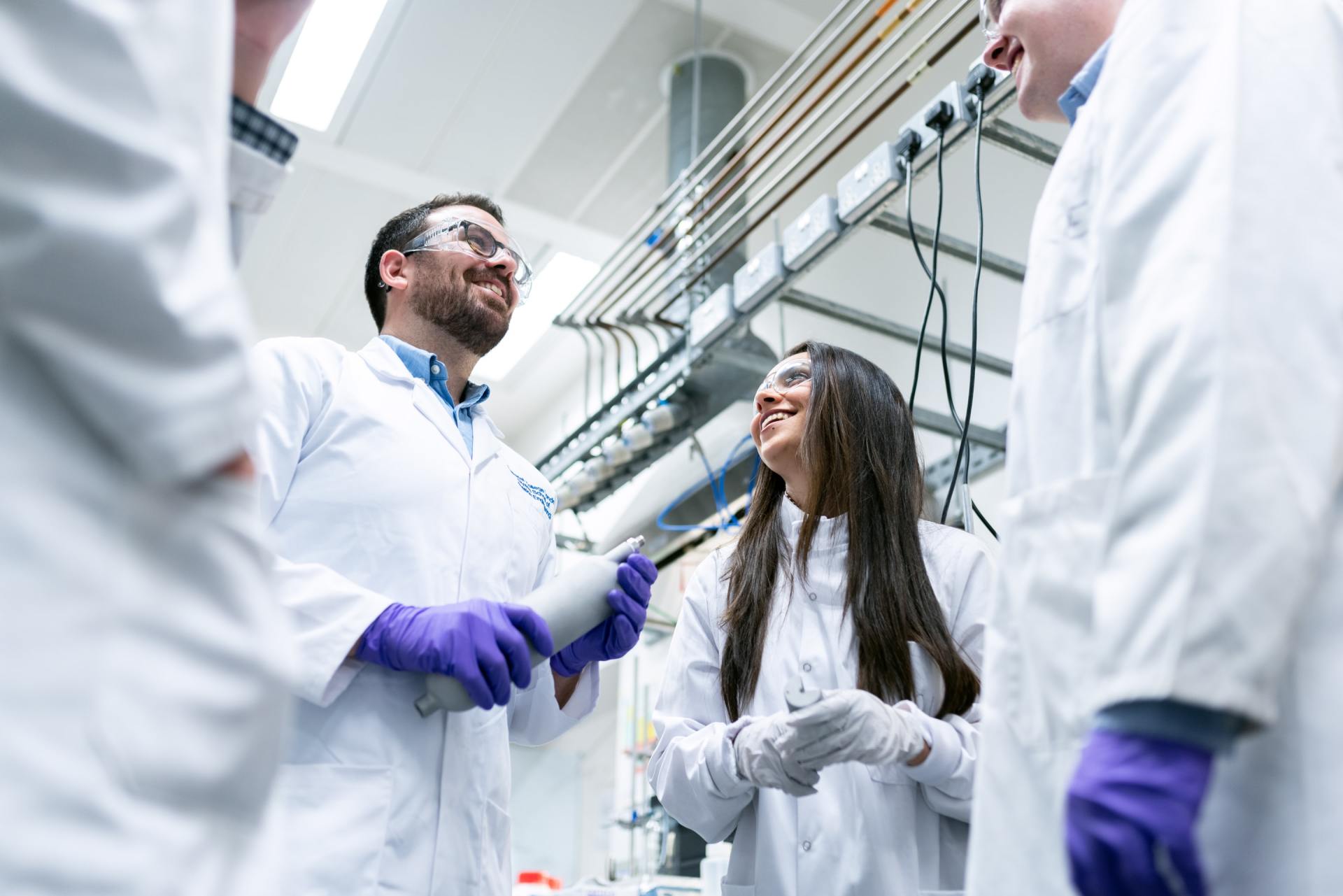
Slide title
Write your caption hereButton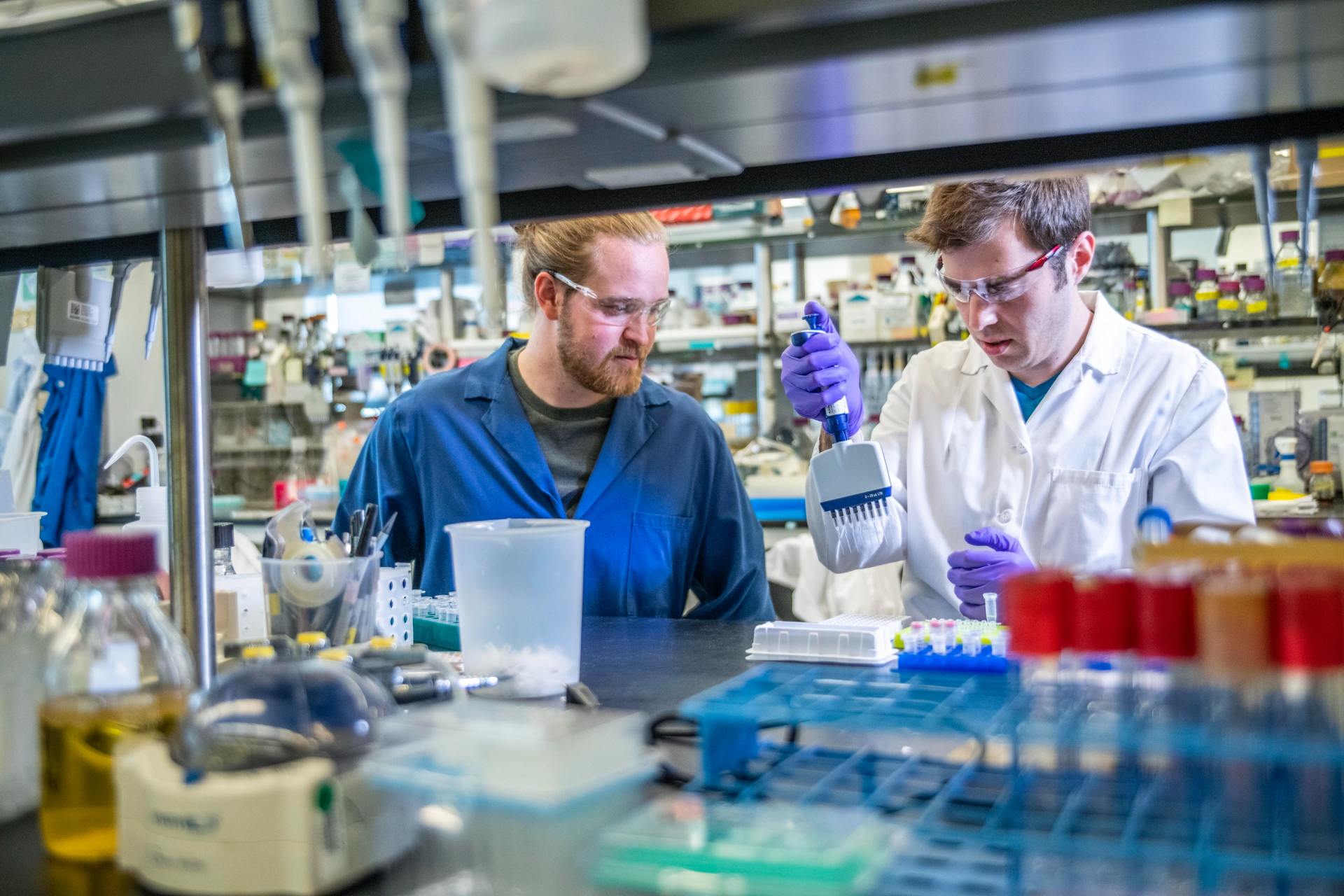
Slide title
Write your caption hereButton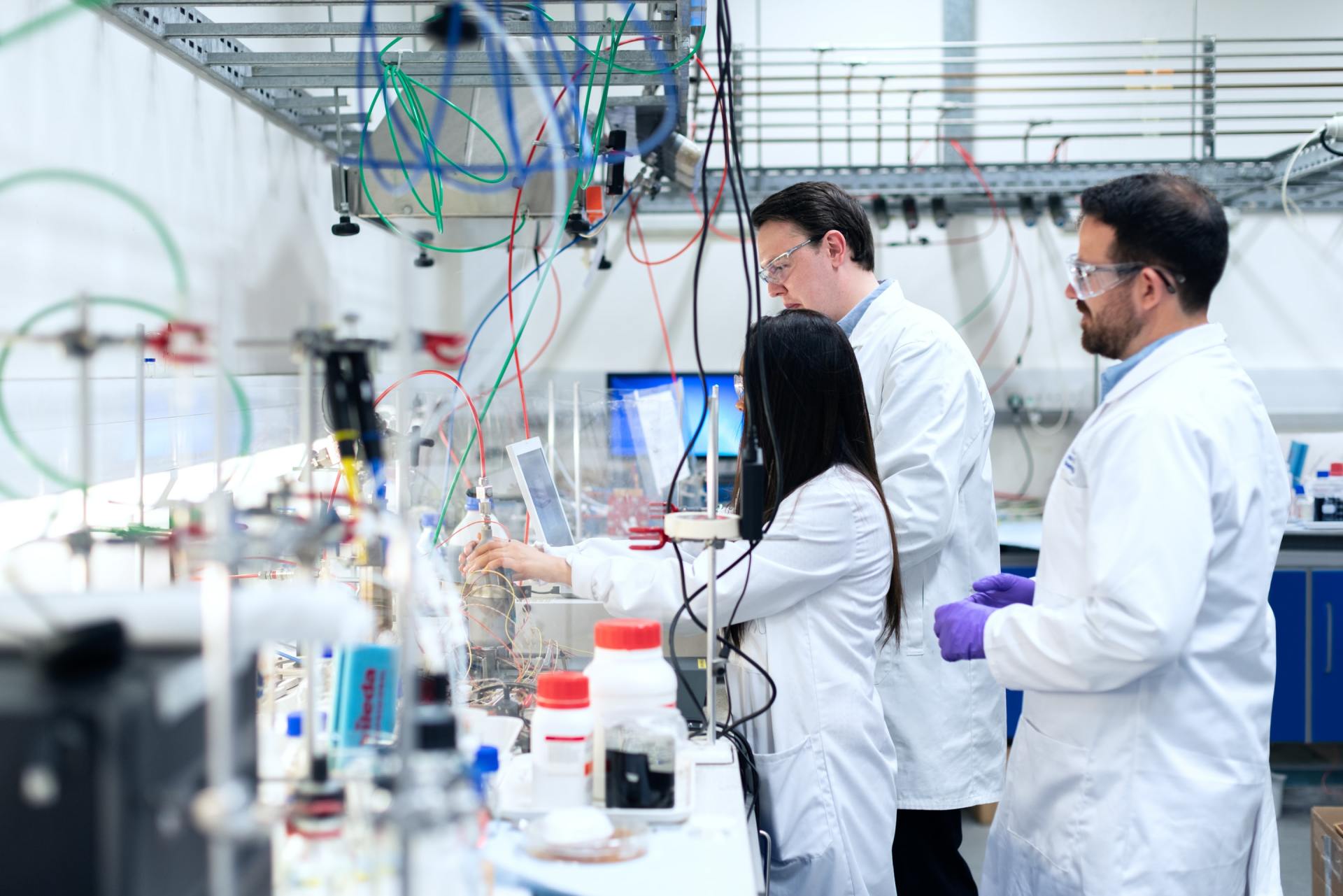
Slide title
Write your caption hereButton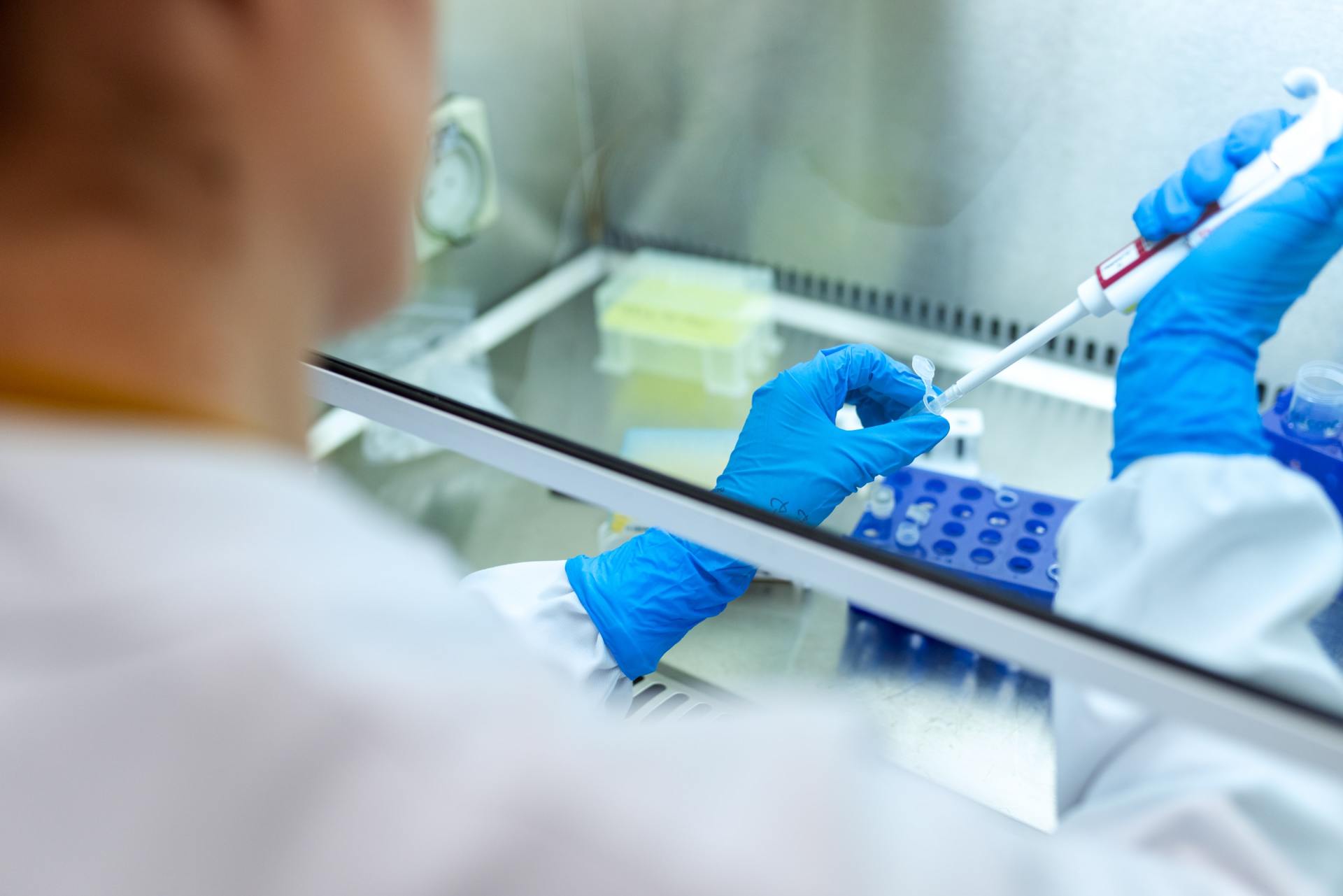
Slide title
Write your caption hereButton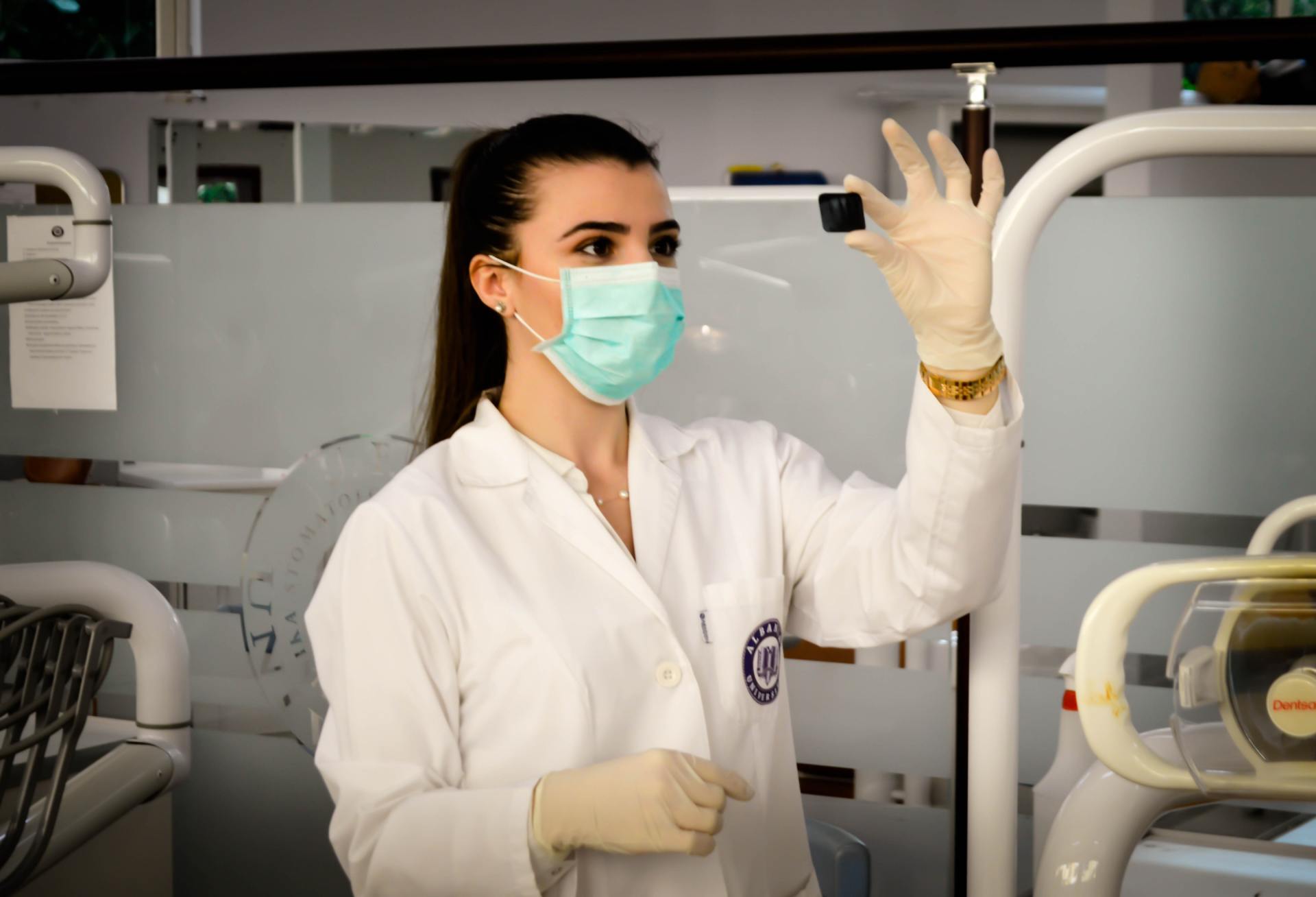
Slide title
Write your caption hereButton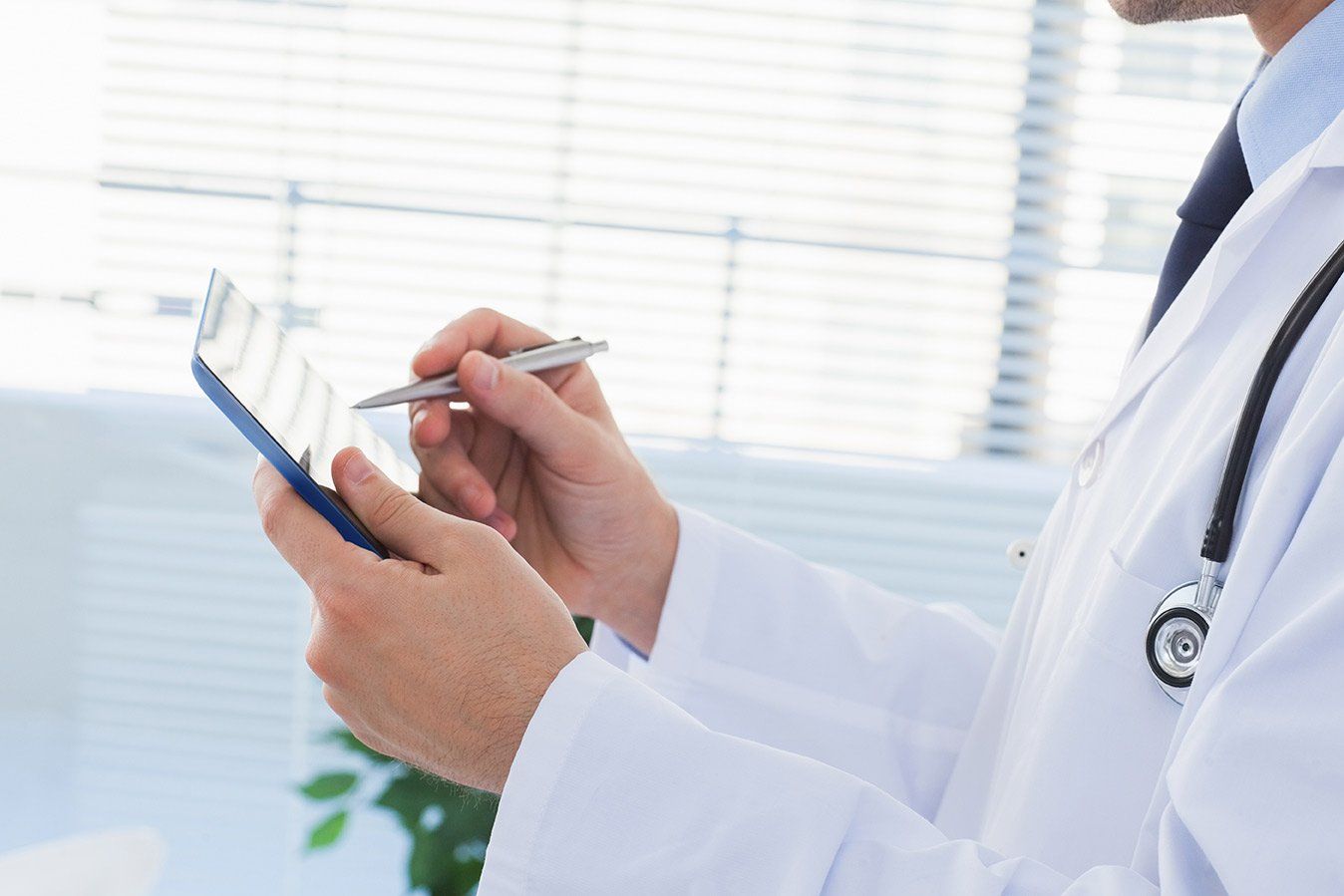
Slide title
Write your caption hereButton
Slide title
Write your caption hereButton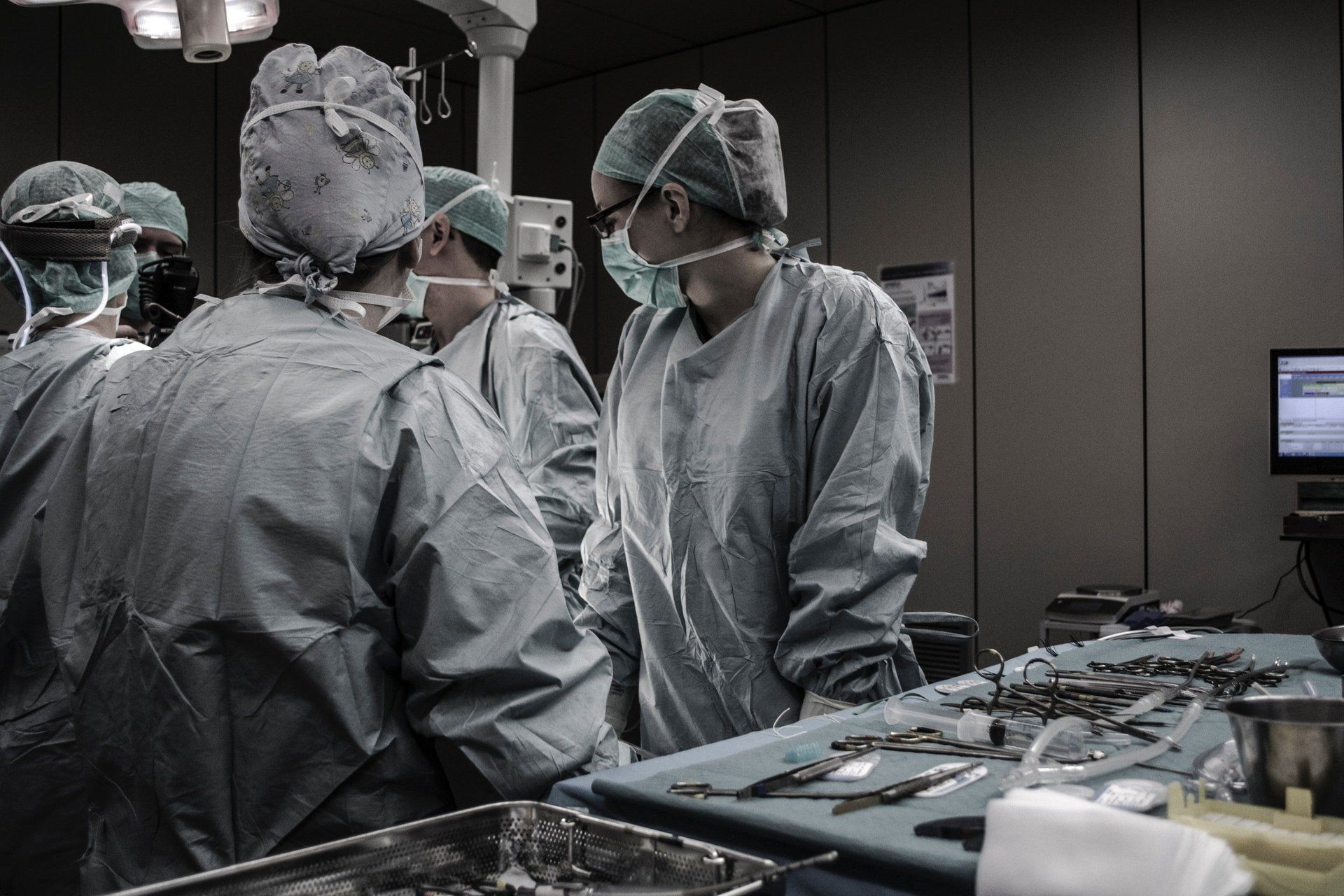
Slide title
Write your caption hereButton
Slide title
Write your caption hereButton
Slide title
Write your caption hereButton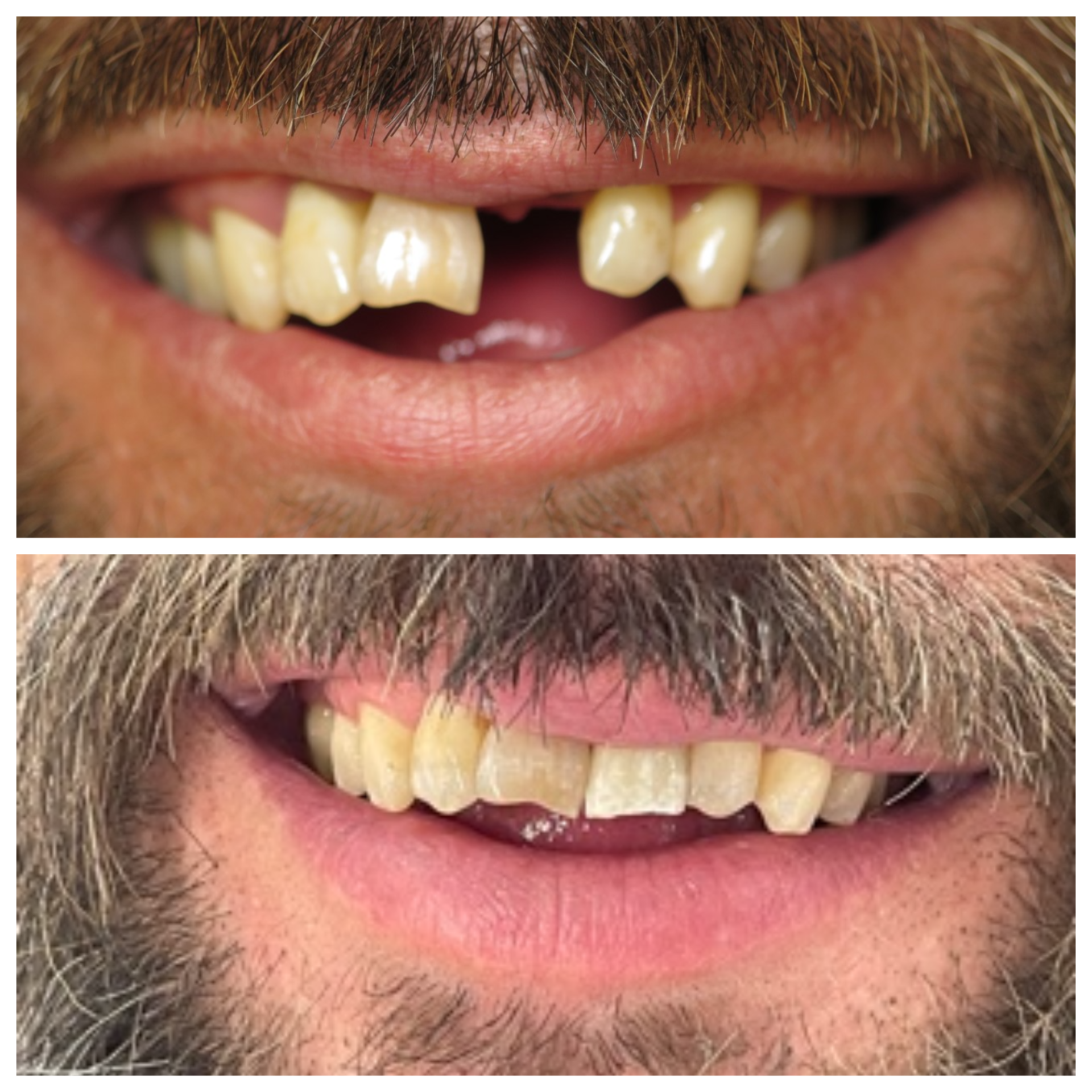
Slide title
Write your caption hereButton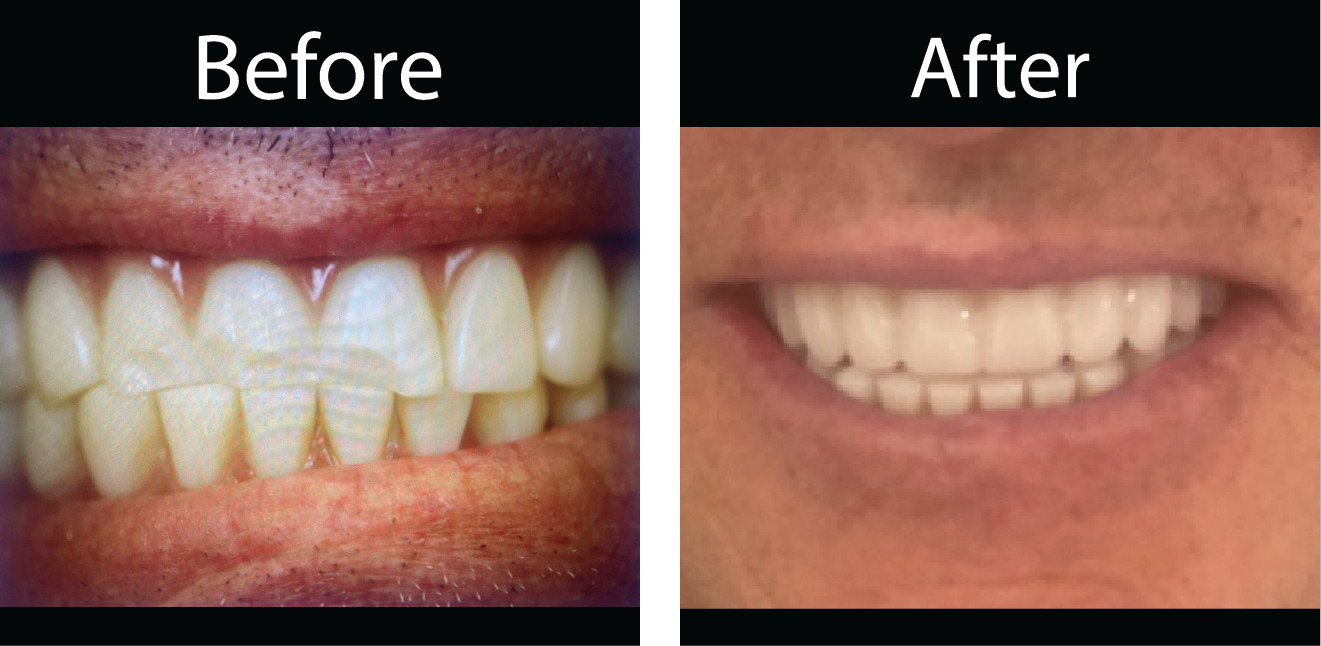
Slide title
Write your caption hereButton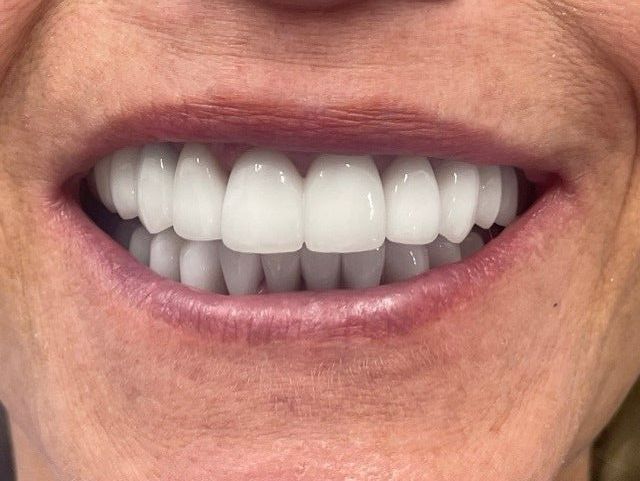
Slide title
Write your caption hereButton
Slide title
Write your caption hereButton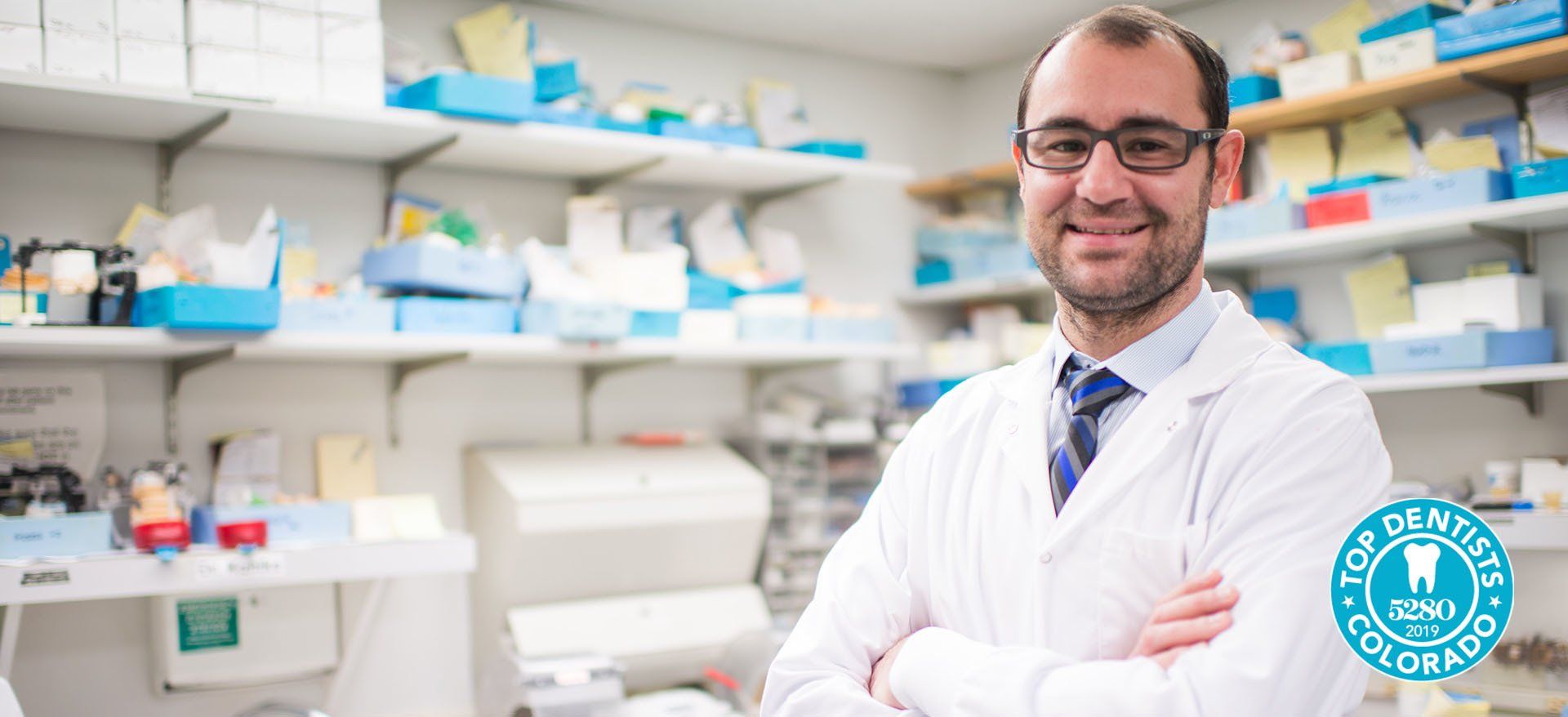
Slide title
Write your caption hereButton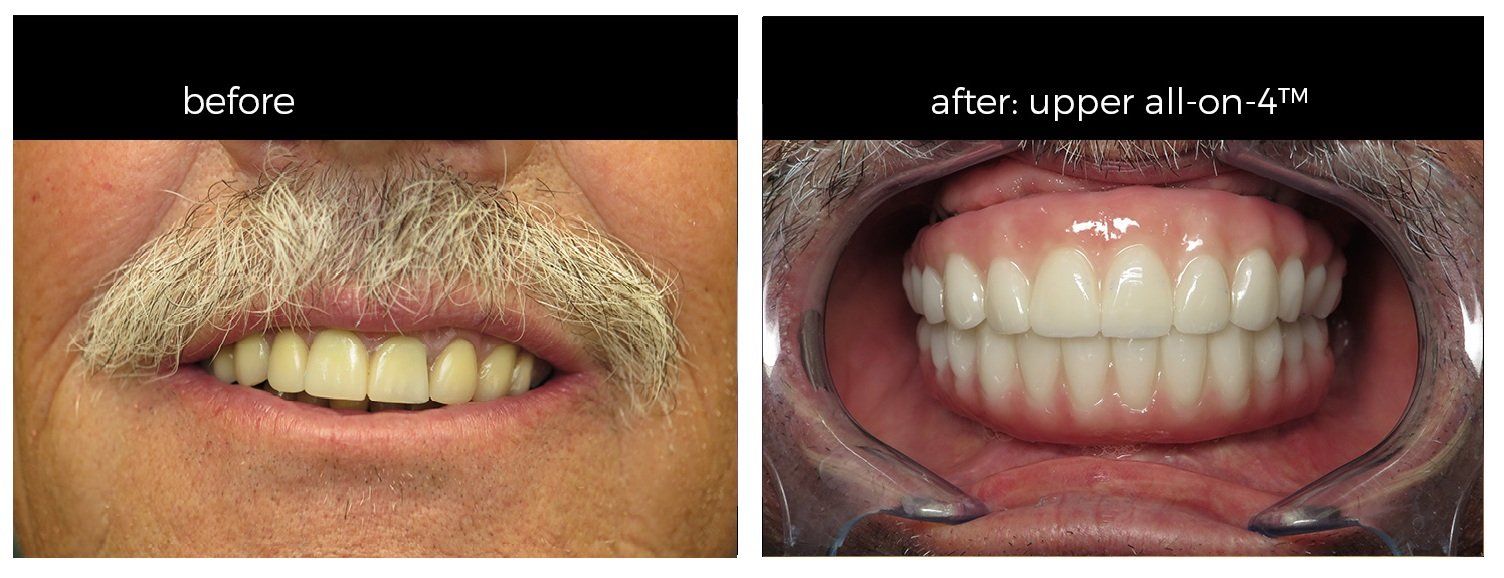
Slide title
Write your caption hereButton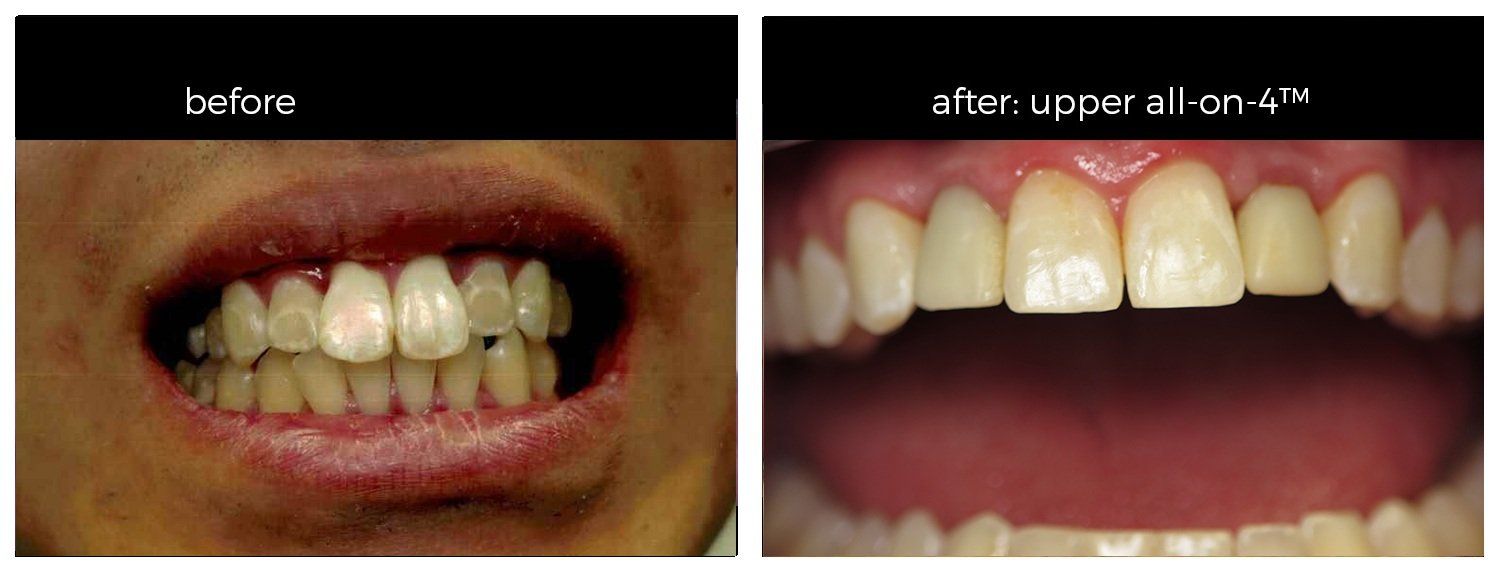
Slide title
Write your caption hereButton
Slide title
Write your caption hereButton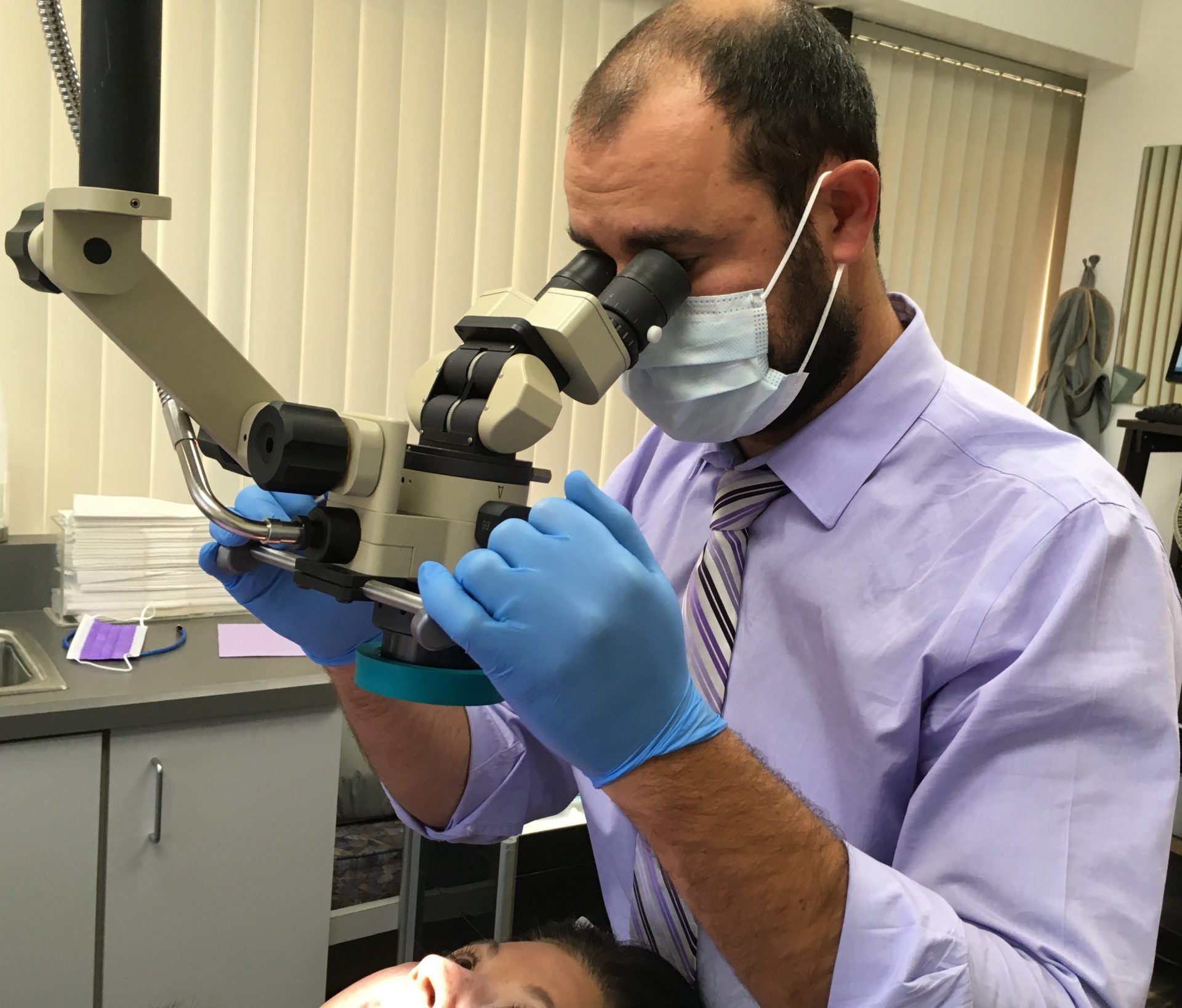
Slide title
Write your caption hereButton
DR. KONSTANTINOS HAROGIANNIS, DDS
What is the difference between a dentist and a cosmetic dentist?
Please feel free to call us to schedule visit with Dr. Harogiannis
303 - 789 - 2020Monday – Thursday: 7:30am to 5:00pm
Fridays: Appointments available upon request
Saturday - Sunday: Closed
3575 S Sherman St Suite #3 Englewood, CO 80113
Call us: 303-789-2020
Monday – Thursday: 7:30am to 5:00pm
Friday – Saturday: Appointments available upon request
Sunday: Closed
3575 S Sherman St Suite #3
Englewood, Colorado 80113
Call us: 303-789-2020
